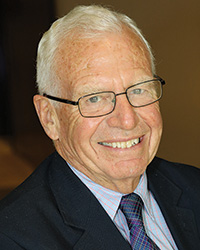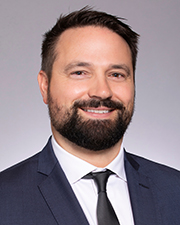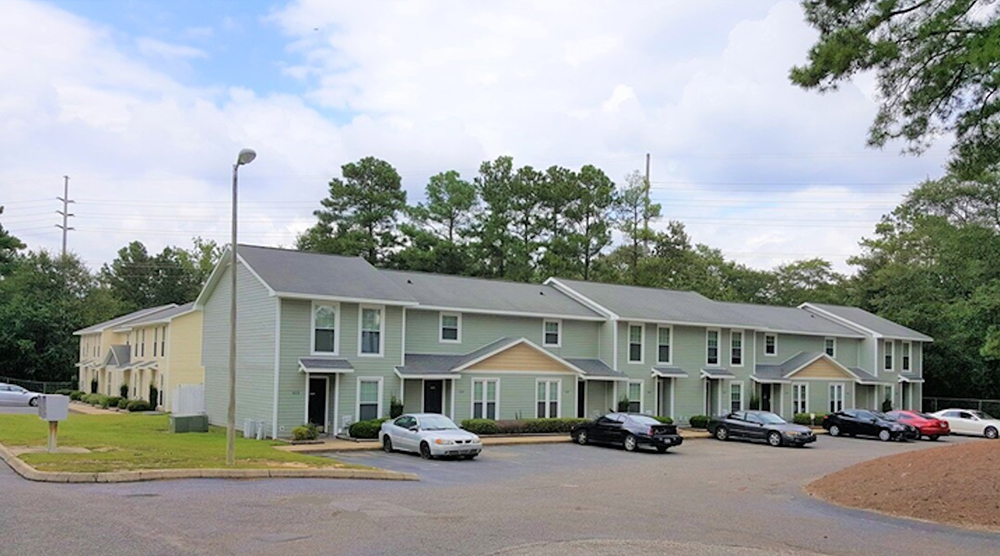Know the risk and proceed with caution - by David Kirk

The Fed has increased the guidance for interbank lending rate 25 basis points to 5-5.5%, again, as announced May 3, 2023. Only the minutes of the meeting to be released at a later date will record the vote to do so. Chairman Powell did add some qualifying remarks in announcing the decision which underly this decision. Pause is being discussed. The gist is just this, a pause might be coming next time.
Stewards of the built environment always monitor markets, capital markets as well as supply inventory and absorptive capacity. Peripheral vision has always been essential to managing commercial property. The collateral impact from ten Fed rate increases on the property asset class has been dramatic and finally in the commentary. In addition to slamming the single family market broadly, the seizure of three large banks brought commercial property loans to the news.
Stop storming and the storm. It is time to take the time to plan recovery and resilience. Both the banking and commercial real estate sectors need a breather. If the Fed is not watching their own data. And just warning with whispers. Then who is enforcing the compliance of banks with results of Fed oversight? Who really is? Many have resigned themselves to bad data, bad dashboards, other bads. The duty and mission requires peripheral vision. Judgement and wisdom. Attention, hard work. Fixation on inflation indexes fails the mission of regulation. The mission of stable markets and full employment. Never just one way to look at this mess. Resignation.
The risk has split open upon the commercial property market, and the impact of the dominoes is clicking forward. Abstract, not so much. Reason, a lot more. Pause and refresh the senses. Let the gimbals support the gyroscope, or as it will, otherwise. Yes. Multidimensional. Some new resilience. New management at the member banks, too.
Stability, liquidity and management are all risk categories. Alright and time to use some hindsight. Now. All together, now! No time to wait any more. For anyone else to fail. Time to resign to shifting the focus back to the mission.
The credit crunch for commercial property sector commenced at the initial Fed rate increase. Liquidity declined. Stability declined. Uncertainty increased. Bankers for the sector reached well beyond the reach of regulators. And yet the regulators threw some of the banking industry under the bus, along with the mission, the duty.
The mystery and mist has lifted and this stridency is a mess. Let’s get back to business and off the guardrails. Let’s stop the snuffing and suffocation. Resuscitate. Clean house. Outreach. Reach out. Wake up. Let’s reset some resignations.
Demand pulses. And the wherewithal is still in tact. Action is still required. More circumspection. More coordination. Now is the time to take the time to bring forward the struggling economy and count the next phase numbers. And trash the past.
Trash talking has traditionally been reported and recorded on the court. The frustration of collateral damage during this economic phenomenon is substantial. And permanent for some. And the recovery is still strong. And the recession pending. The stewards of the built environment are, indeed, among the few not on the move. The seized banks have reported commercial property loans and the details will be reported in the diligence and otherwise. Liquidity is the collateral risk of commercial property investments. Because commercial property is a derivative, the commercial property sector will be impacted by the play out. A stabilizing credit market will mitigate collateral damage and the derivative recovery is hopeful.
With relief on the capital markets, more energy and enterprise can be expended on spending the funding in place for infrastructure and other community projects that will impact performance in the commercial property market. We are shovel ready!
David Kirk is founder, chief executive officer of Kirk & Co., Boston, Mass.
Preservation of Affordable Housing secures $23.5 million in financing from Rockland Trust and Citizens Bank


Conn. hospitality market: A technical appraisal perspective on market dynamics and valuation challenges (2019-2025)









